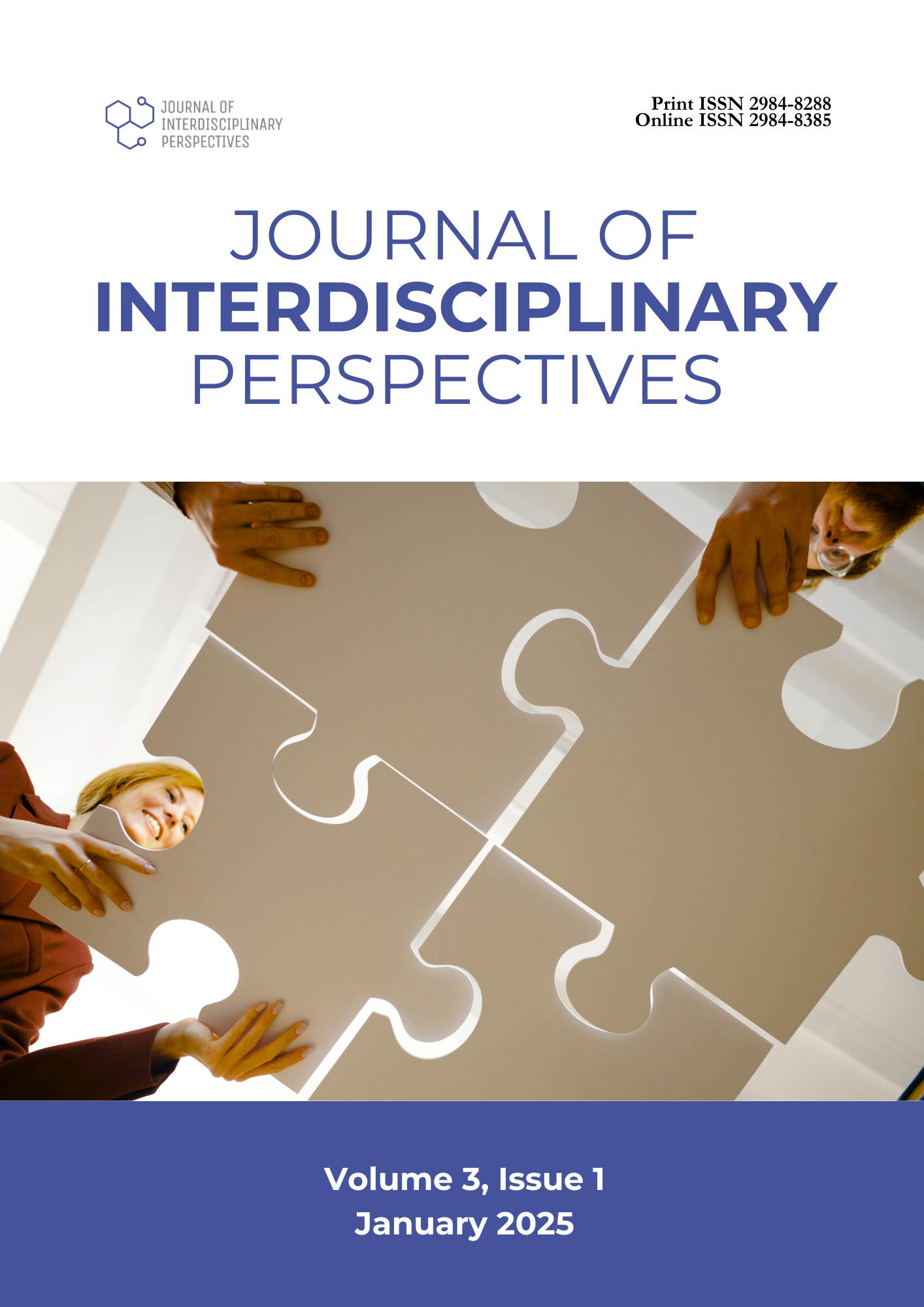Teaching Wave Concepts Using Self-Made Wave Machine and Computer Simulator
DOI:
https://doi.org/10.69569/jip.2024.0593Keywords:
Computer simulator, Educational technology, Science education, Self-made wave machine, Wave phenomenaAbstract
This study aimed to investigate the effectiveness of utilizing a self-made wave machine and a computer simulator in teaching basic concepts of waves to Grade 7 students. Drawing on Schwab's Inquiry- based Learning Theory, the research explored how these hands-on and technology-based approaches impact student performance and interest in science education. The researcher used descriptive-correlational and comparative designs. A total of 109 students utilized the self-made wave machine, and 110 students used the computer simulator. These approaches were randomly assigned to the two groups of students. The findings revealed that the students' performances after using the self-made wave machine and computer simulator were both at the “outstanding” level. The data also indicated no significant difference in the students' performances after using the self-made wave machine and computer simulator. Furthermore, students’ interest in using the self-made wave machine and computer simulator was generally “high.” Lastly, no significant relationship was found between students’ interest in activities using self-made wave machine and computer simulator and their performance. These findings suggest that hands-on and digital methods can effectively support science learning, providing educators with versatile tools to engage students. Incorporating self-made apparatus and simulators in science education may enhance student engagement and understanding without significantly altering performance outcomes.
Downloads
References
Acabal, J., Piñero, B., & Futalan, M.C. (2022). Localized Apparatus and Interactive Computer Simulation in Teaching Projectile Motion. Journal of Higher Education Research Disciplines, 7(1), 1-27. https://tinyurl.com/5xpnc8ux
Andy, R.M. (2022). Program for International Student Assessment (PISA). Retrieved from https://tinyurl.com/22m5n38x
Benong, C. B. S., Piñero, B. A., Futalan, M. C. Z., & Benong, S. A. T. (2024). Localized Litmus Paper and Computer Interactive Simulator in Teaching Acids and Bases. Journal of Interdisciplinary Perspectives, 2(3), 1-1. https://doi.org/10.69569/jip.2024.0037
David, C. C., Albert, J. R. G., & Vizmanos, J. F. V. (2019). Pressures on public school teachers and implications on quality. Retrieved from https://tinyurl.com/3vz5whfz Dionson, J. J. (2021). Interactive Simulations in Understanding Concepts of Electricity. UBT International Conference. https://doi.org/10.33107/ubt-ic.2021.440
Duya, N. J., Pinero, B, Futalan, M. C. & Despojo, A. G. (2021). Localized Apparatuses in Teaching Electrical Conductivity of Aqueous Solutions. International Journal for Research in Applied and Natural Science, 469. https://tinyurl.com/kayxfvdw
Gainsan, J. M. C. (2021). Locally Made Apparatus in Teaching Law of Acceleration and Projectile Motion (Thesis). Foundation University
Hadi, S., & Novaliyosi, N. (2019). TIMSS Indonesia (Trends in international mathematics and science study). In Presiding Seminar Nasional & Call For Papers. Retrieved from https://jurnal.unsil.ac.id/index.php/sncp/article/view/1096
Langbeheim, E., & Levy, S. T. (2019). Diving into the particle model: Examining the affordances of a single user participatory simulation. Computers & Education, 139, 65-80. https://doi.org/10.1016/j.compedu.2019.05.006
Patron, B., & Desojo, A. G. B. (2020). Inexpensive Demonstrations and Experiments in Understanding Basic Concepts of Fluid Mechanics. Journal of Higher Education Research Disciplines,
5(1). http://www.nmsc.edu.ph/ojs/index.php/jherd/article/view/168
Pineda, H. (2023). Stakeholders' perceptions of the impact of accreditation of science curricula of higher education institutions. International Journal of Advanced and Applied Sciences, 10(7), 1-10. https://doi.org/10.21833/ijaas.2023.07.001
Piñero, B., Yucor, K. J., & Futalan, M. C. (2023). Effectiveness of Localized Apparatus and Mobile Application in Teaching Cosine Laws. Journal of Higher Education Research Disciplines, 8(2), 38-55. http://www.nmsc.edu.ph/ojs/index.php/jherd/article/view/203
Soriano, J., & Vargas, D. (2021). Adequacy of Instructional Materials and Facilities for the Implementation Of K-12 Basic Education Program. Social Science Research Network. https://doi.org/10.2139/ssrn.3813237
Toma, R. B., & Greca, I. M. (2018). The effect of integrative STEM instruction on elementary students’ attitudes toward science. Eurasia Journal of Mathematics, Science and Technology Education, 14(4), 1383-1395. https://doi.org/10.29333/ejmste/83676
Downloads
Published
How to Cite
Issue
Section
License
Copyright (c) 2025 Journal of Interdisciplinary Perspectives

This work is licensed under a Creative Commons Attribution-NonCommercial 4.0 International License.









